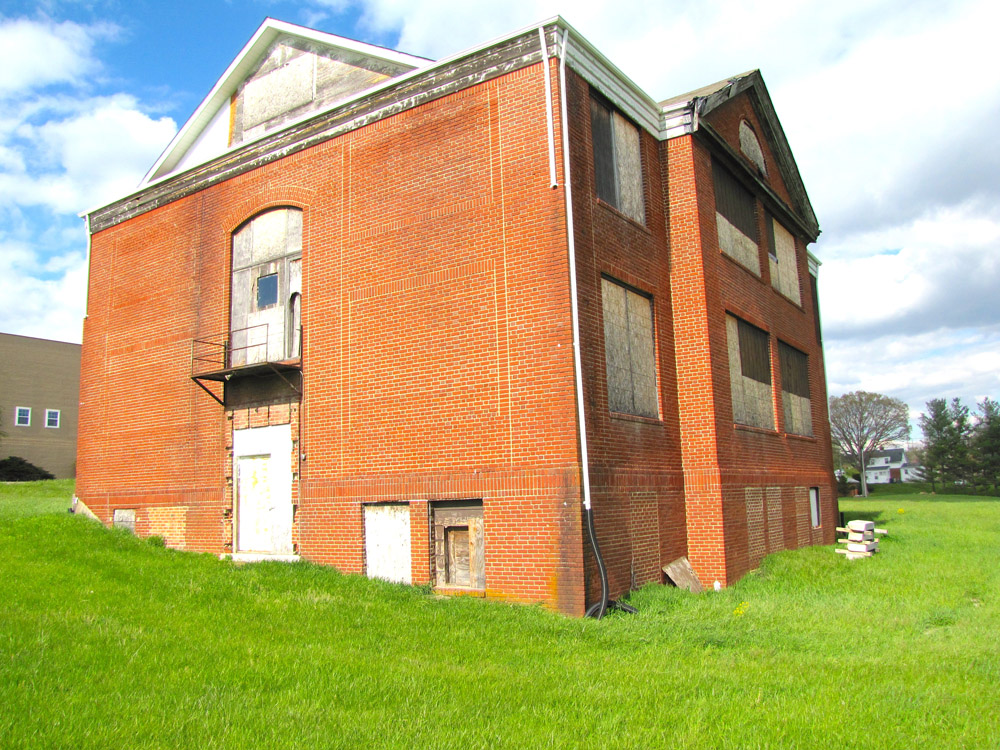
If you’re seeking a place that brings the earliest days of the U.S. to life in the present day, then Blacksburg and its surrounding area might be your destination. As part of the country’s founding, the Montgomery County area features some of the earliest histories that still ring true today.
From creators of art on display in local museums, to the vital presence of Virginia Tech in our community, there are many great ways to check out the history of this area. Here’s a quick look at what to expect, with more details at the tourism site for Montgomery County.
The Prestons’ ties to VT
When you trace back the history of Virginia Polytechnic Institute and State University – known to everyone by its condensed handle as Virginia Tech — it returns to a particular family in the area. The family’s patriarch is Col. William Ballard Preston, a farmer and politician who established a learning academy called the Preston and Olin Institute in 1851. A religious school for boys, it was named after Stephen Olin, an educator and minister.
In 1862, the institute was sold to the state of Virginia, but the Preston family was hardly done with education. That same year, Robert Taylor Preston, a farmer with 250 acres at Solitude Farm, sold his land to Virginia for them to start VT. Ten years later, the university opened and has been thriving since.
If you want to learn more about the Prestons, you can visit Historic Smithfield, one of its homes that is now a museum. There are also letters and other documents available at the Montgomery Museum of Art and History and in an online archive.
A historic high school
The Christiansburg Industrial Institute began in 1866 with a specific mission: to ensure that people who were formerly slaves received a high school education. That was the case through 1966, as the school continued to serve the African American community in all of Montgomery County.
In the ensuing years, all that remained of CI was a single building named after its longtime principal, the Edgar Long Building. In 2001, the Long building was placed on the National Register of Historic Places, and a current group is working on renovation efforts so it can now become a museum.
You can read about that effort’s progress, see what other outreach efforts the current CI group is doing in our community and see even more of its history by visiting its website.
An artist that is uniquely Virginian
When art historians talk about the people in the region who made an impact, one name that stands out among others is Lewis Miller. He was born in 1796 in Pennsylvania, but once he graduated high school and started to travel internationally as a carpenter, he spent a lot of time in Christiansburg to visit his brother, Dr. Joseph Miller.
Practicing in the folk art style – which merges writing with designs and sketches — Miller’s work on Virginia took place around 1856 and 1857, which is when he settled in Christiansburg. He passed away in 1882, leaving a substantial part of his legacy for audiences in the area.
To see more of Miller’s work, you can visit the Montgomery Museum of Art and History in Christiansburg, which shares his work with other museums in York, Penn. and Richmond, Va.
Living history in our region
These are just a few notable people who have made a mark on the modern arts and culture scene in southern Virginia. With museums, historic trails and performance spaces all around the area, there is plenty to see and do. Find out more about Montgomery County by visiting the official Go To Town website on attractions and events.

